Spanish Mediterranean houses are celebrated for their harmonious blend of Old World charm and contemporary comfort, characterized by white stucco walls, red terracotta roofs, and richly textured details that evoke the sun-drenched coasts of southern Europe. Architectural elements such as arched doorways, exposed wooden beams, and wrought-iron accents create a timeless aesthetic, while seamless indoor-outdoor living spaces, lush courtyards, and inviting water features foster a relaxed, resort-like atmosphere. Decorative ceramic tiles, rustic stone accents, and vibrant textiles add bursts of color and artisanal flair, ensuring each home feels both warm and personal. Whether in a grand villa or a cozy bungalow, Spanish Mediterranean design emphasizes natural materials, comfortable luxury, and an enduring connection to the landscape.
1. White Stucco Walls
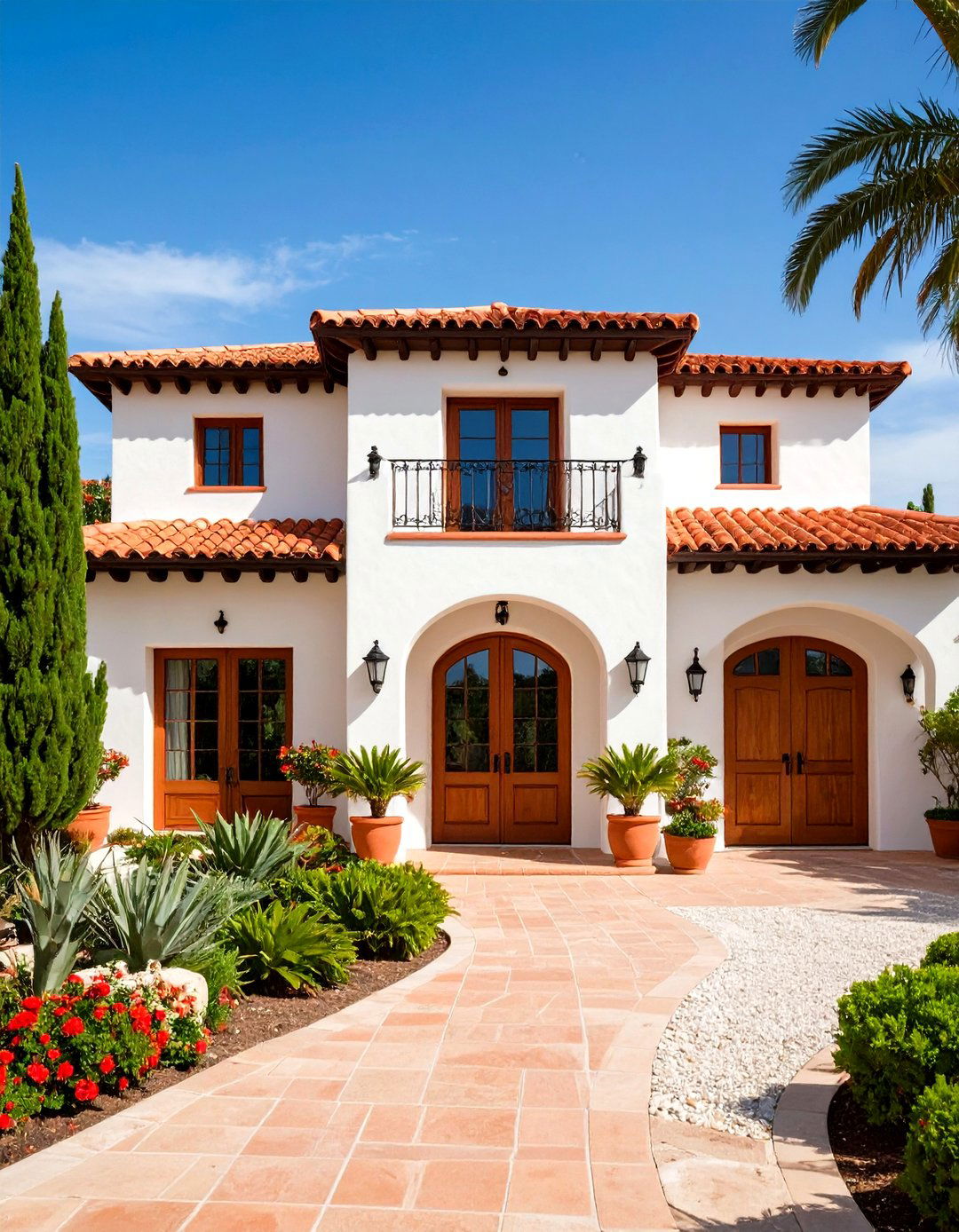
White stucco exteriors are a hallmark of Spanish Mediterranean homes, providing a clean, luminous backdrop that reflects sunlight and stays cool in warm climates. This smooth plaster finish can be left crisp and bright or given subtle texture for added character. Beyond aesthetic appeal, stucco is durable and low-maintenance, resistant to weathering and pests. Its neutral hue also allows architectural details—such as wood trim, colorful tiles, and wrought-iron lanterns—to stand out dramatically, creating a striking yet serene facade.
2. Red Terracotta Roof Tiles

The signature red barrel tiles seen atop Spanish Mediterranean roofs are both functional and decorative. Crafted from baked clay, these tiles interlock to channel rainwater efficiently while providing natural thermal insulation, keeping interiors cooler in the heat. Over time, terracotta develops a weathered patina that enhances its rustic charm. Whether arranged in traditional S-shaped profiles or modern flat styles, terracotta roofs instantly convey a timeless Mediterranean ambiance.
3. Wrought-Iron Accents
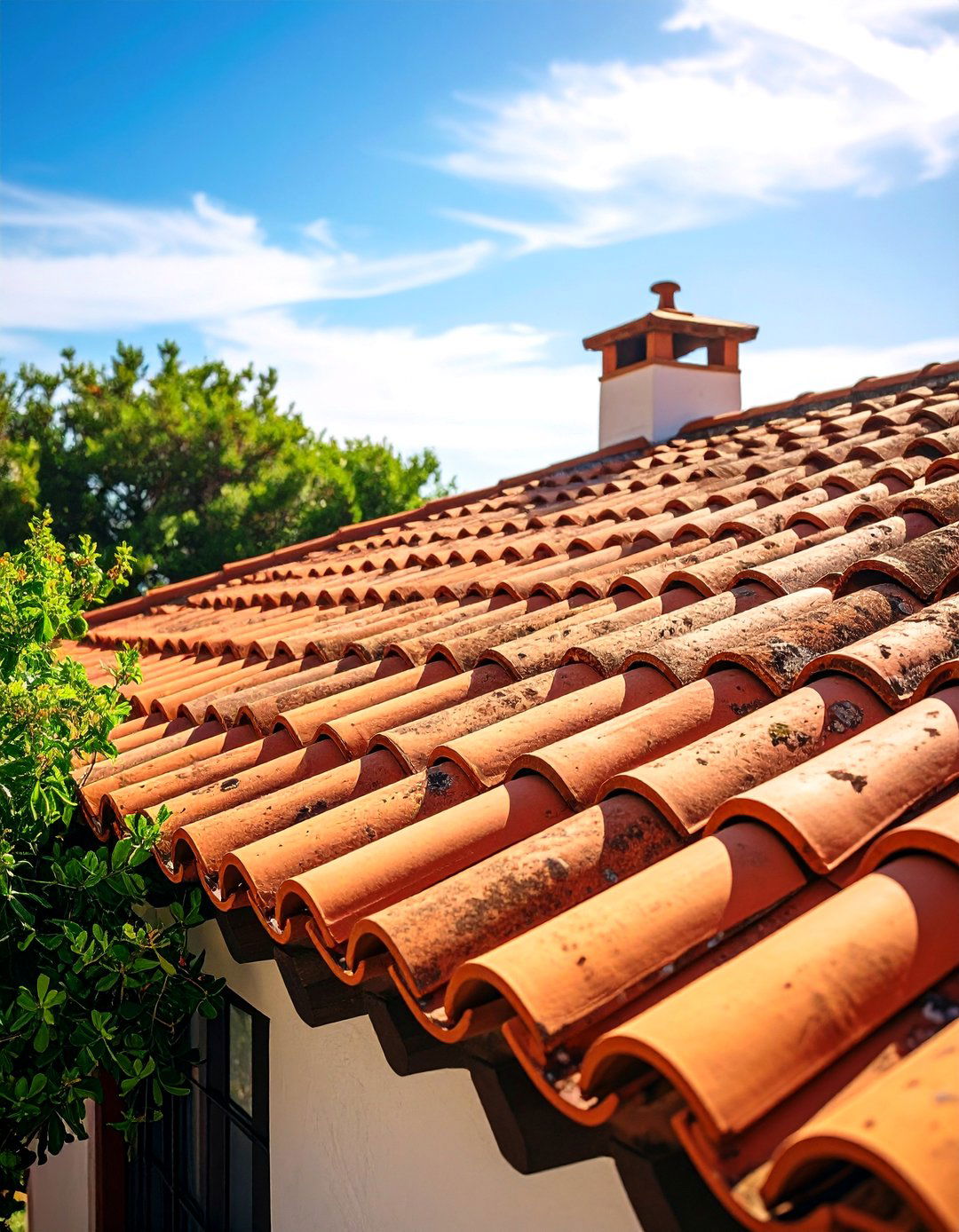
Wrought-iron is ubiquitous in Spanish Mediterranean design, appearing in window grilles, balcony railings, gates, and light fixtures. Hand-forged ironwork introduces organic patterns—scrolls, fleur-de-lis, and floral motifs—that soften the clean lines of stucco and stone. Its dark finish provides a bold contrast against pale walls, while its durability ensures longevity. Wrought-iron chandeliers and lanterns inside evoke the same artisanal quality, casting warm, patterned shadows across interior spaces.
4. Arched Doorways and Windows
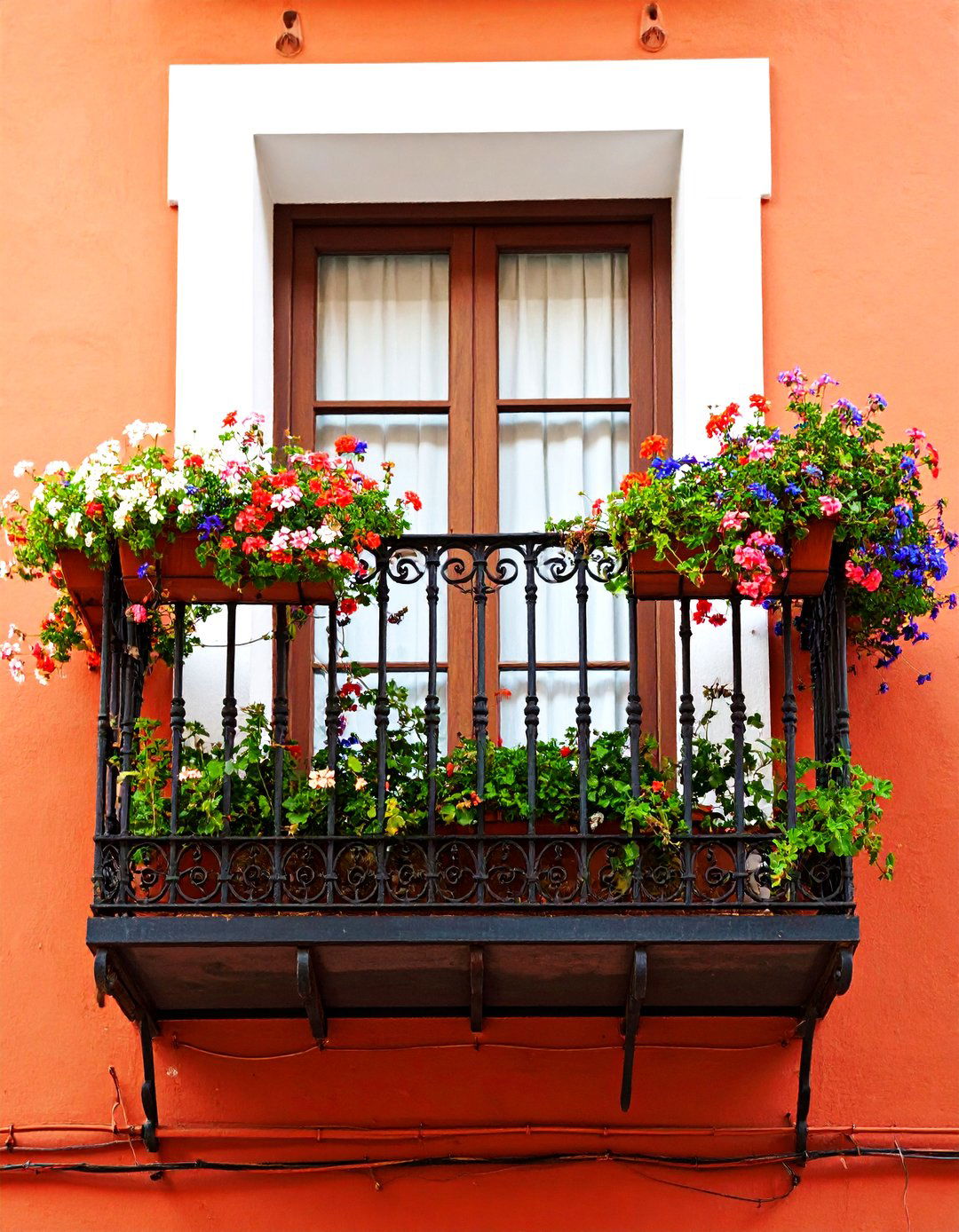
Rounded arches are a defining architectural motif, framing doorways, windows, and passageways to lend structures an elegant, historical feel. These arches can be simple and understated or elaborately decorated with carved stone or tile inlays. Internally, arched openings draw the eye along sightlines, enhancing a sense of flow between rooms. Externally, they create welcoming entrances that echo the portals of Mediterranean villas and haciendas.
5. Exposed Wooden Ceiling Beams

Interior ceilings often feature hefty, raw-edged wooden beams—typically in oak or cedar—that reinforce the rustic, handcrafted ethos of Spanish Mediterranean style. These beams may be left natural or lightly stained, showcasing wood grain and knots. Exposed beams contrast beautifully with smooth plaster ceilings, and they add architectural interest without overwhelming a room. Their presence evokes a sense of history and craftsmanship, grounding spaces in a warm, organic texture.
6. Courtyard Layouts
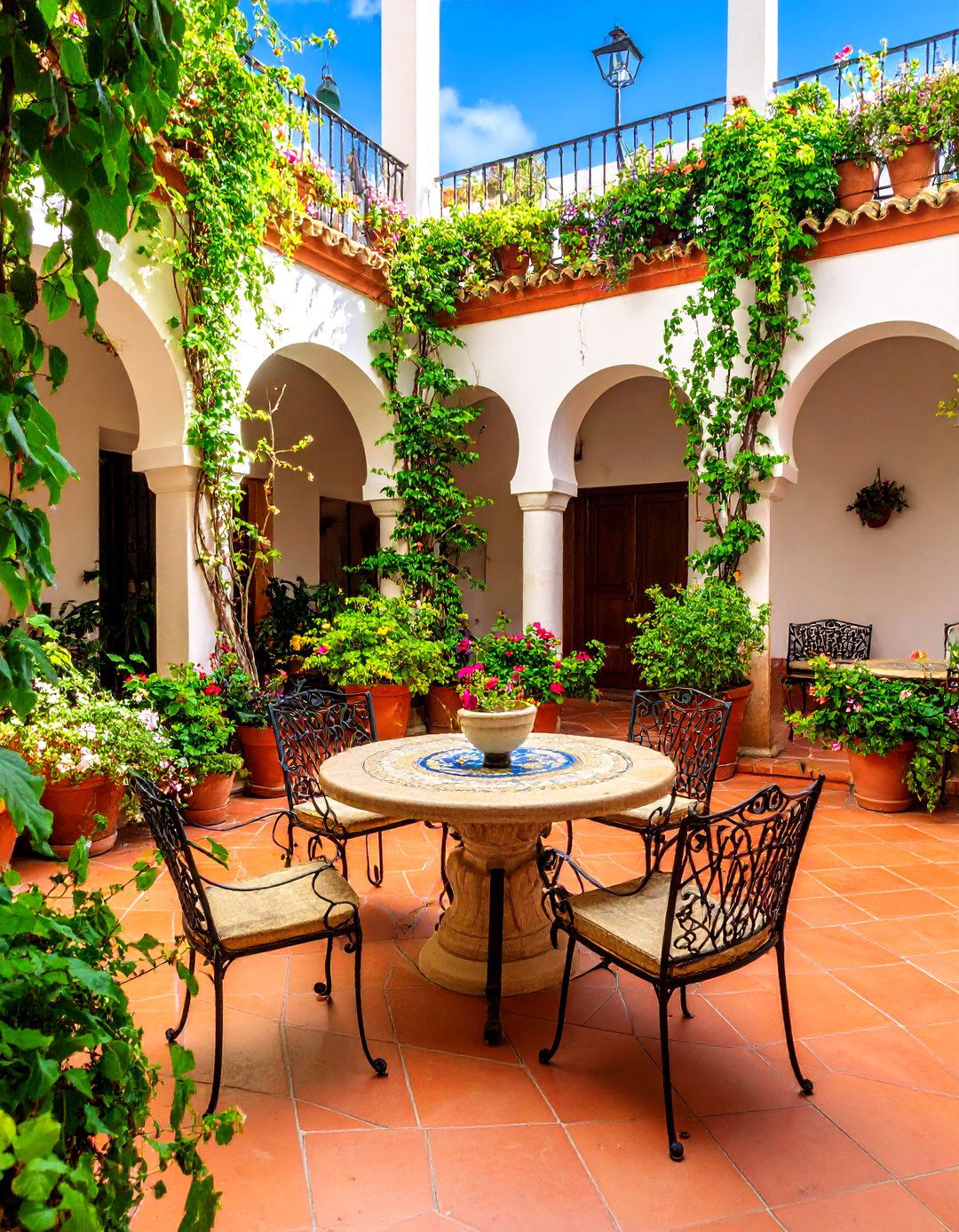
Central courtyards are integral to traditional Spanish homes, offering a private outdoor oasis for relaxation, gardening, and al fresco dining. Surrounded by walls or colonnades, courtyards provide shelter from wind and sun, making them usable year-round. They often feature tiled fountains, potted plants, and wrought-iron seating to create an intimate gathering spot. This inward-facing plan also enhances cross-ventilation, cooling interiors naturally.
7. Decorative Ceramic Tiles
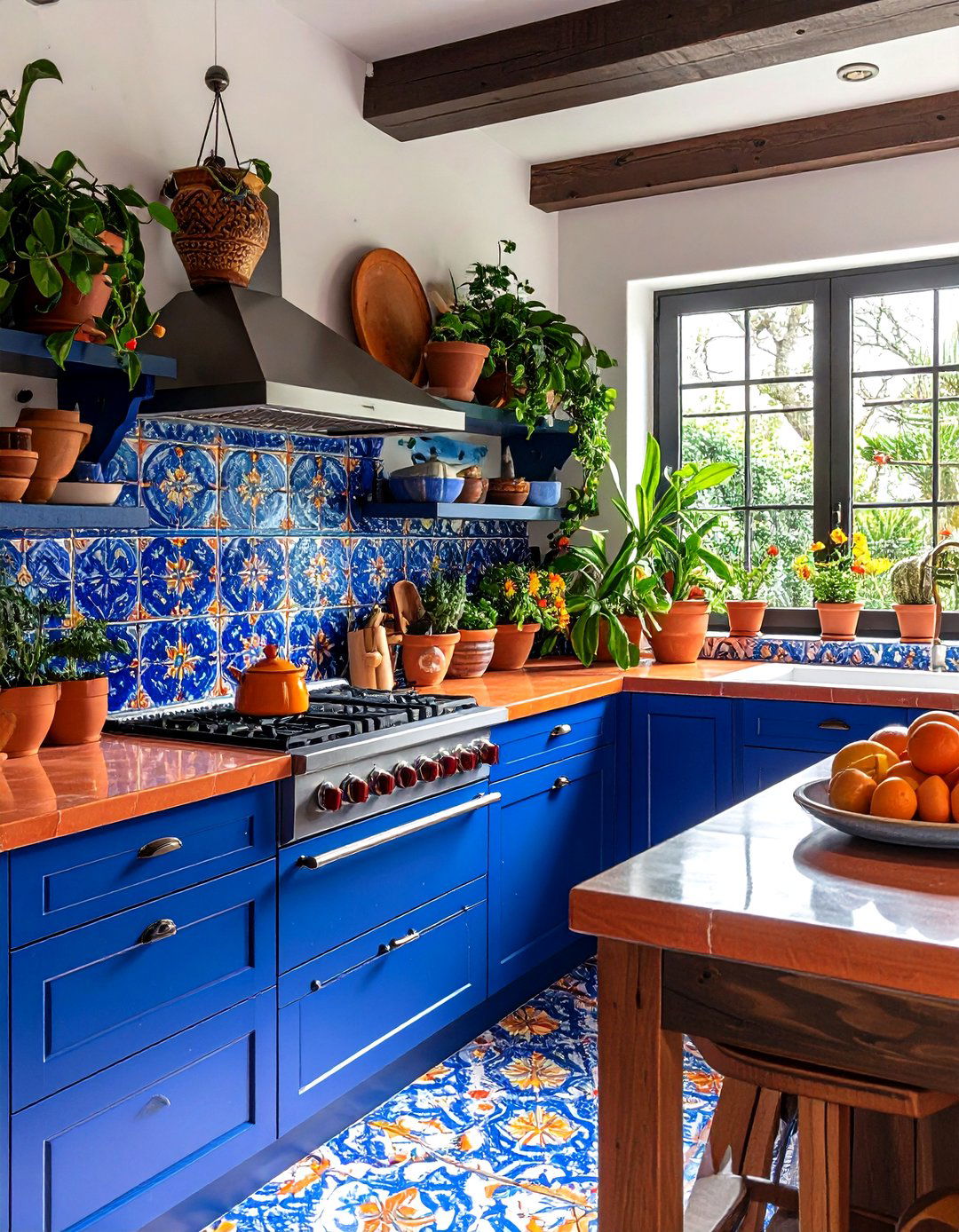
Colorful ceramic tiles—especially Talavera and Saltillo varieties—are used extensively for stair risers, entryways, kitchen backsplashes, and bathroom walls. Hand-painted patterns in cobalt blue, terracotta, and sunflower yellow introduce vibrant accents against neutral surfaces. Tiles may form geometric mosaics or depict pastoral scenes, adding visual storytelling. Their glazed finish is easy to clean, making them practical for high-traffic areas while celebrating traditional craftsmanship.
8. Indoor-Outdoor Living Spaces

Seamless connections between interior rooms and exterior patios or loggias are essential. Large folding or French doors open fully to blend living areas with terraces, extending square footage and inviting natural light. Outdoor dining rooms, lounges, and kitchens with pergolas or cane ceilings encourage year-round entertaining. The continuity of flooring—often stone or tile—reinforces this fluid transition, enhancing the sense of spaciousness.
9. Lush Mediterranean Landscaping
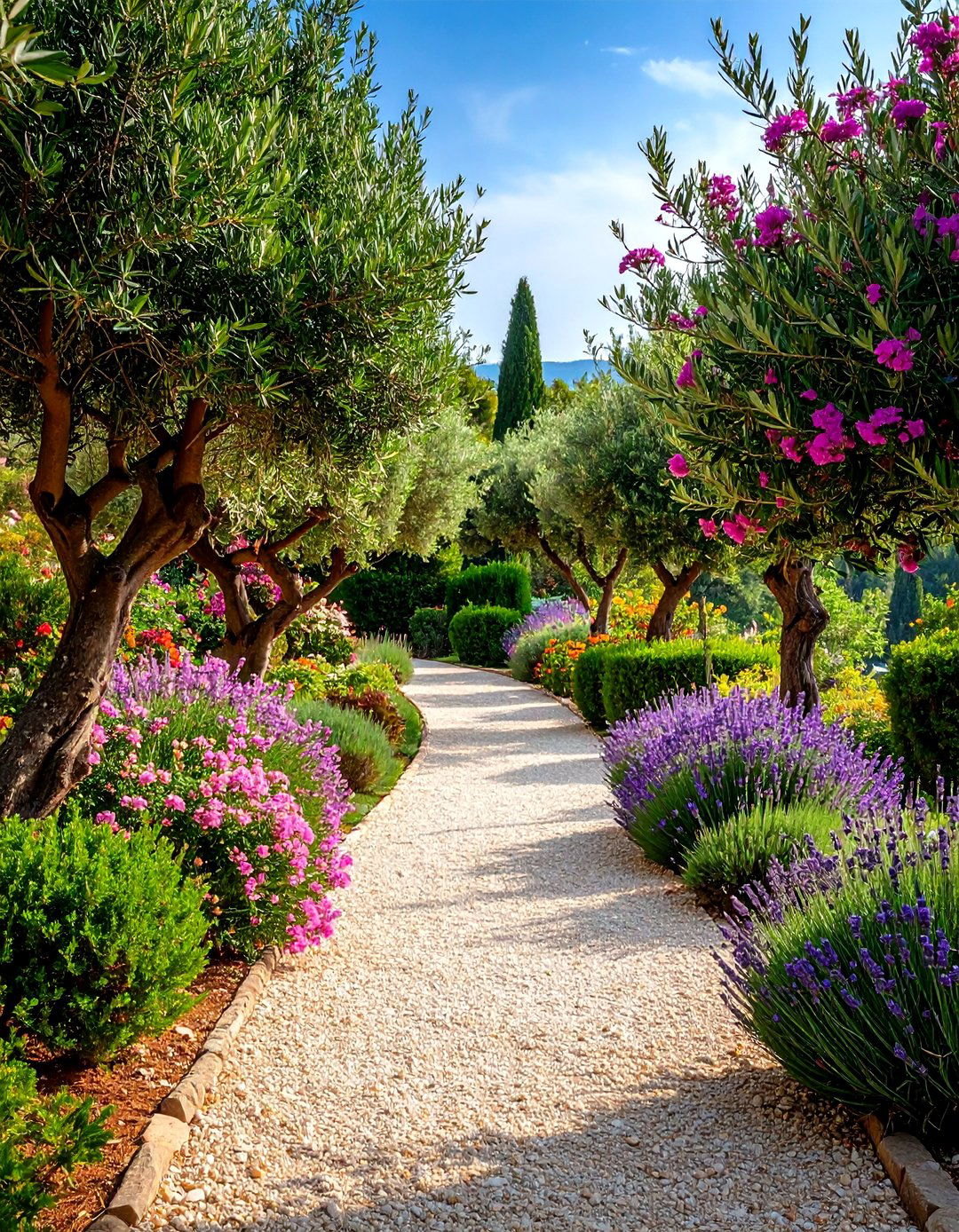
Drought-tolerant plantings—olive trees, lavender, rosemary, and bougainvillea—complement Spanish Mediterranean architecture. Gravel or decomposed granite pathways, terracotta planters, and drifts of groundcover create a low-maintenance, fragrant garden. Climbing vines accentuate walls and pergolas, while citrus trees provide fruit and fragrance. Thoughtful placement of greenery softens hardscapes, framing views and enhancing privacy.
10. Fountains and Water Features
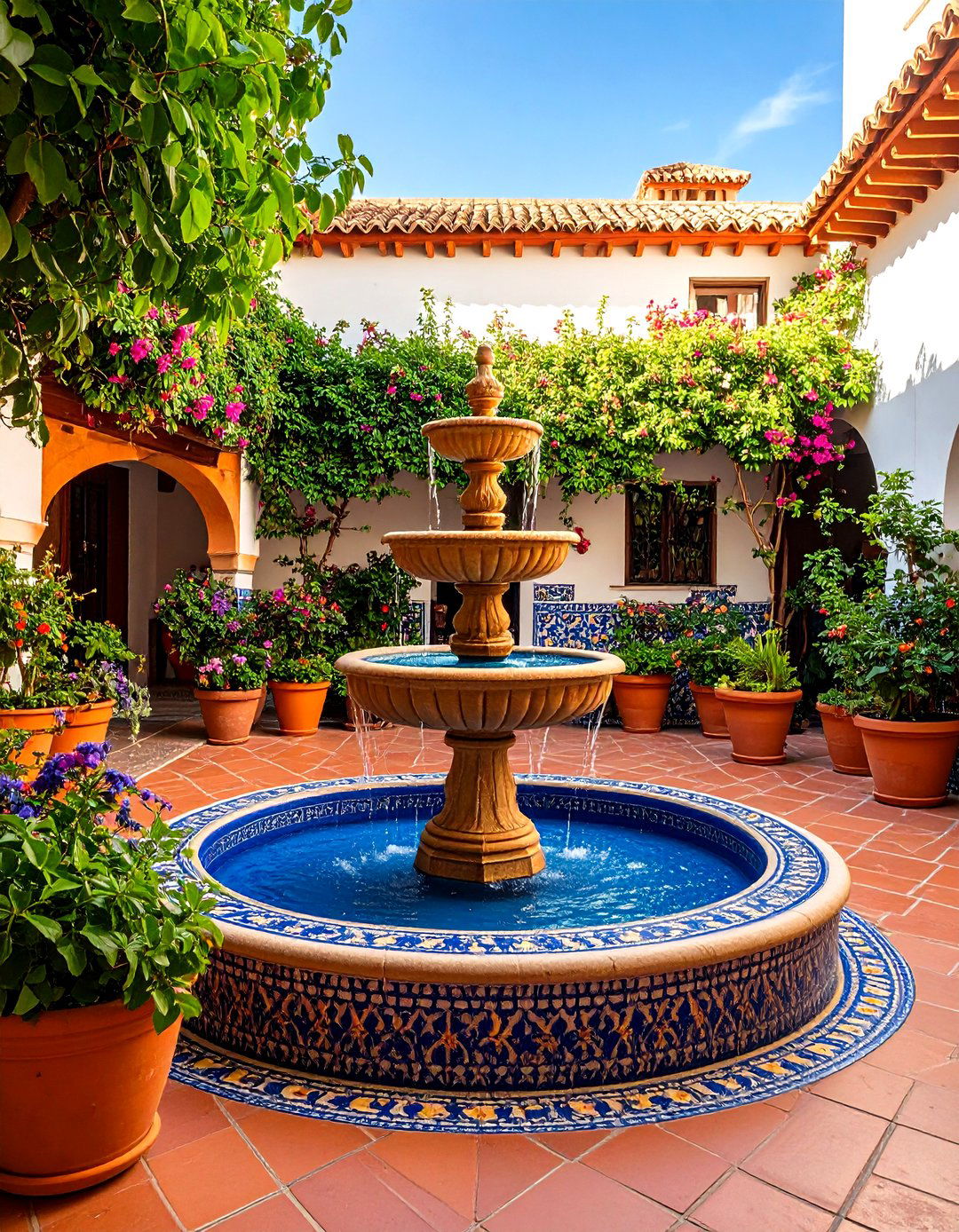
Fountains—whether tiered, wall-mounted, or basin-style—are a soothing focal point in courtyards and gardens. The gentle trickle of water cools the air and masks urban noise. Materials range from carved stone to colorful tile, echoing the home’s palette. Freestanding fountains anchor seating areas; inset niches with spouts introduce charm to passageways. Even small bubblers or reflecting pools impart a sense of calm.
11. Wooden Entrance Doors

Massive, paneled wooden doors—in oak, mahogany, or reclaimed timber—signal the entry to a Spanish Mediterranean home. Often studded with decorative nails and set within arched frames, they combine security with heraldic flair. Iron knockers, handles, and peepholes offer tactile detail. Their warm tones complement the neutral stucco, creating an inviting threshold that balances grandeur with hospitality.
12. Balconies with Wrought-Iron Railings
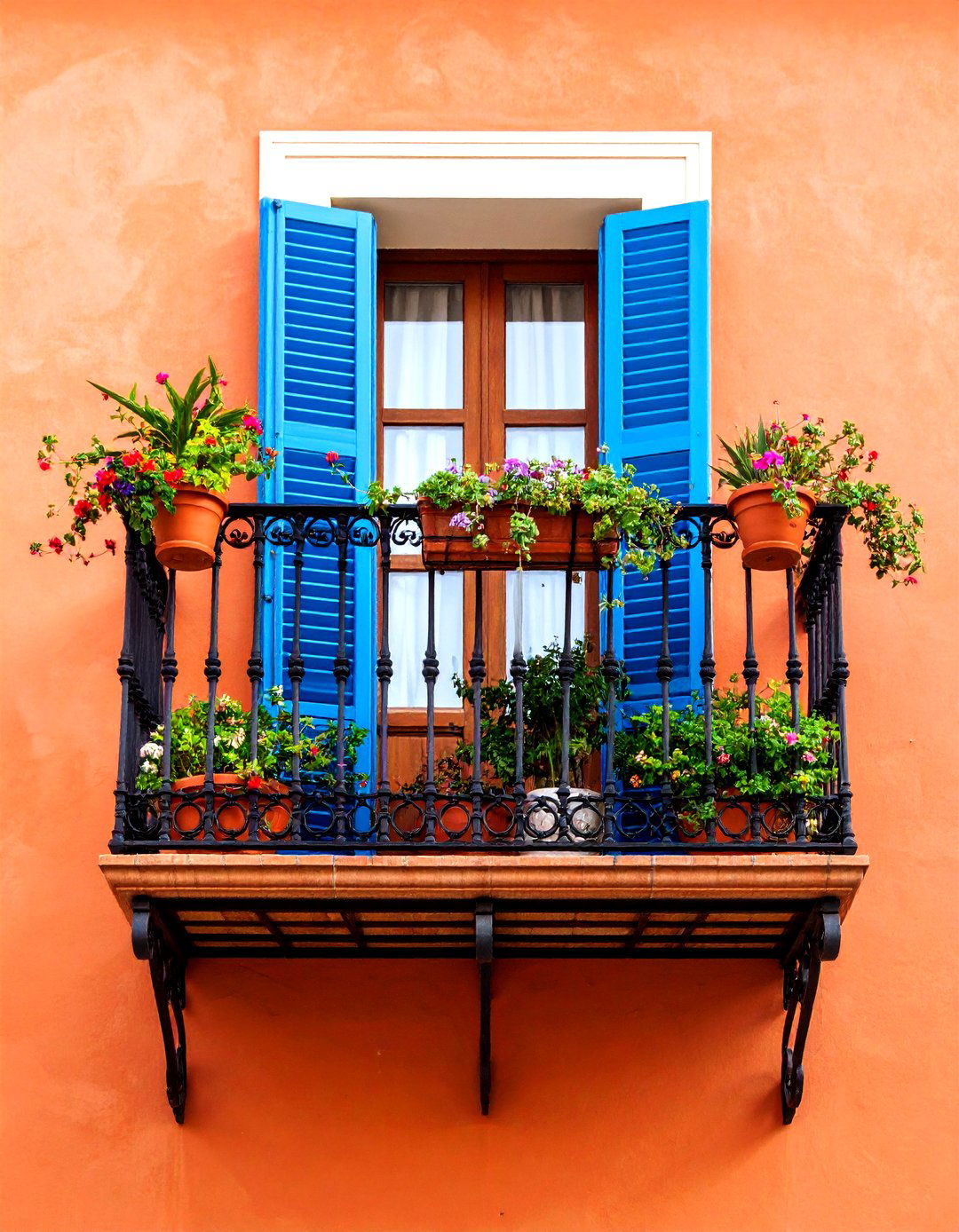
Juliet balconies and cantilevered terraces featuring slender iron balustrades add vertical interest to facades. These small outdoor extensions are perfect for potted plants and morning coffee. Over time, painted iron develops subtle patina, enhancing authenticity. Balconies can be inset behind archways or project boldly from upper floors, providing vantage points over gardens or streetscapes.
13. Beamed Pergolas and Loggias

Wooden pergolas supported by stucco or stone columns extend living areas while offering dappled shade. Wisteria or grapevines may be trained overhead, filtering light through leaves. Loggias—roofed gallery spaces—serve as covered walkways or outdoor sitting rooms. Both pergolas and loggias reinforce the interplay of light and shadow, essential to Mediterranean ambiance, and create cozy venues for socializing.
14. Terracotta and Saltillo Flooring
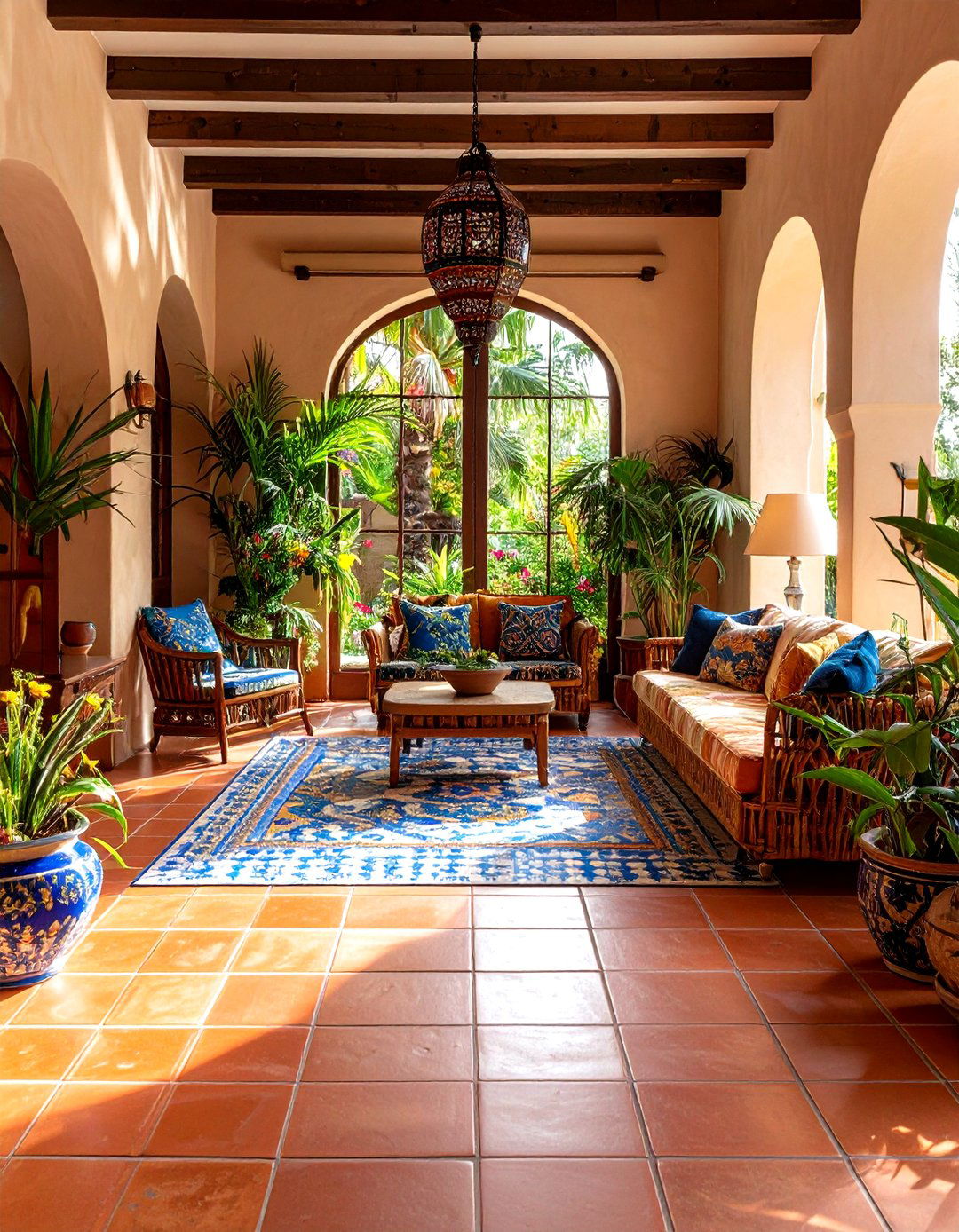
Red-hued terracotta or handcrafted Saltillo tile floors ground interiors in earthy warmth. Their matte surface wears gracefully, hiding minor imperfections. Cool underfoot during hot months, these tiles can be accented with patterned ceramic insets or bordered with decorative strips. Their irregular shapes and variations in color enhance the rustic, hand-made aesthetic central to the style.
15. Rustic Stone Accents

Natural stone—quarry flagstones, river rocks, and sandstone—appears in accent walls, entry steps, and fireplace surrounds. Rough-hewn textures contrast with smooth stucco, introducing depth and authenticity. Stone columns or bases for columns anchor structures visually. Indoors, a stone mantel or hearth becomes a commanding focal point, melding seamlessly with tile and wood elements.
16. Spacious Outdoor Kitchens
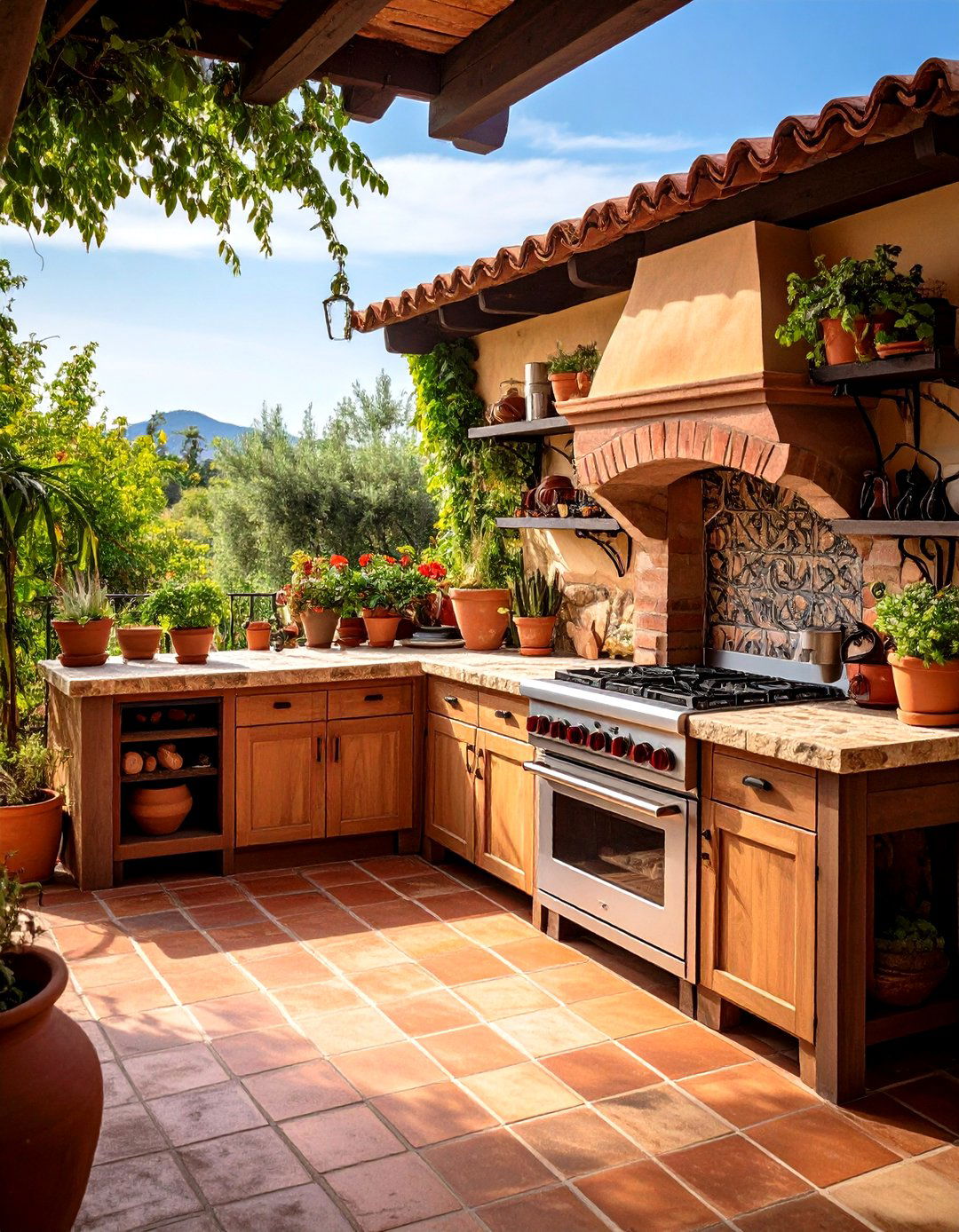
Fully equipped outdoor kitchens—complete with stone counters, brick pizza ovens, and wrought-iron cookware racks—make entertaining effortless. Under a shaded loggia or pergola, these al fresco cooking areas often include built-in grills and bar seating. Stone or tiled backsplashes tie them to the home’s exterior palette, while durable materials withstand weather and heavy use.
17. Rustic Chandeliers and Lighting
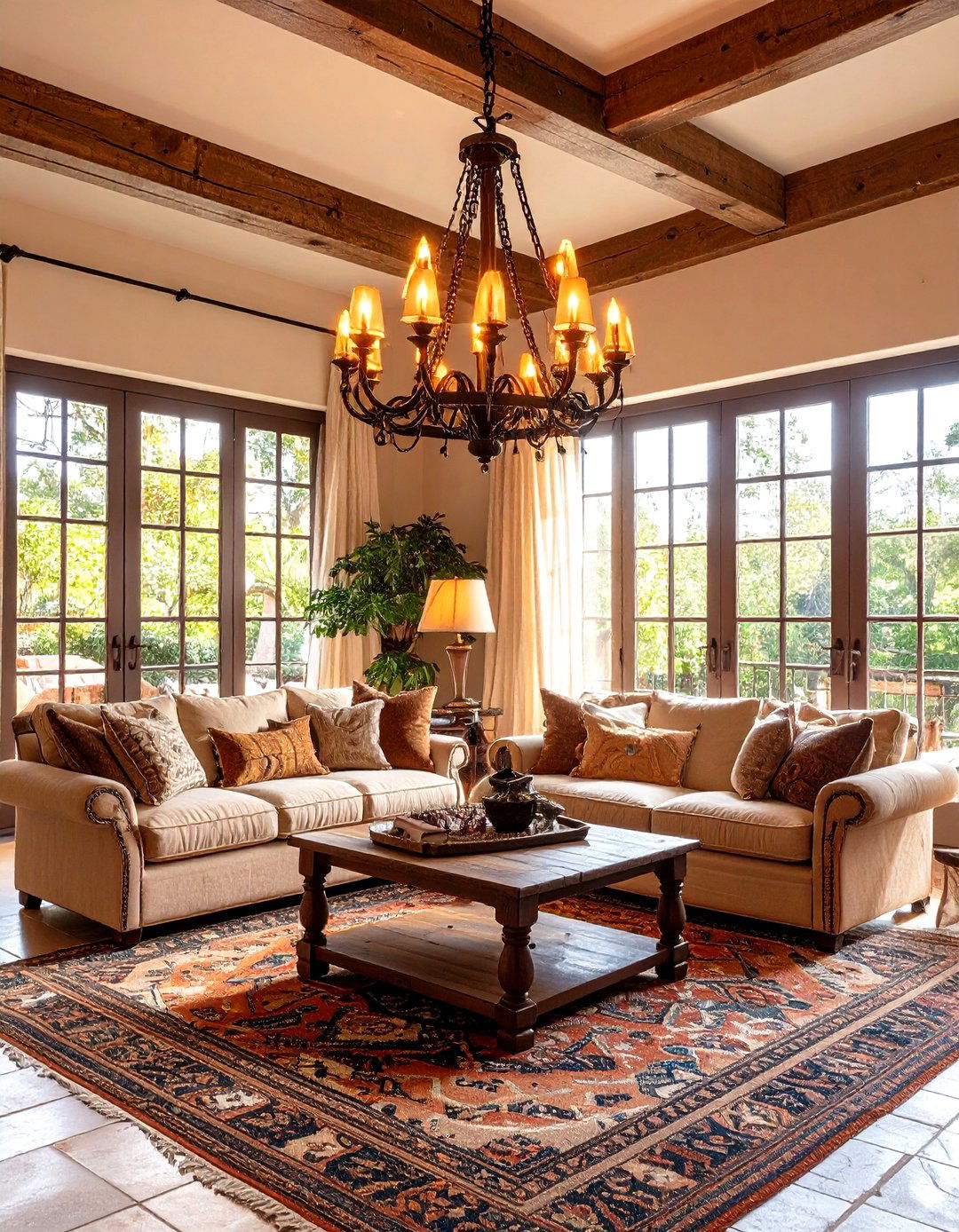
Fixtures in aged iron or distressed wood provide soft, ambient illumination. Lantern-style chandeliers with glass panes or candelabra bulbs evoke historic Spanish haciendas. Wall sconces echo balcony railings and gate motifs, lending consistency. Outdoor lanterns line pathways and patios, ensuring safety and mood in equal measure, and reinforcing the handcrafted character of the design.
18. Colorful Textile Accents
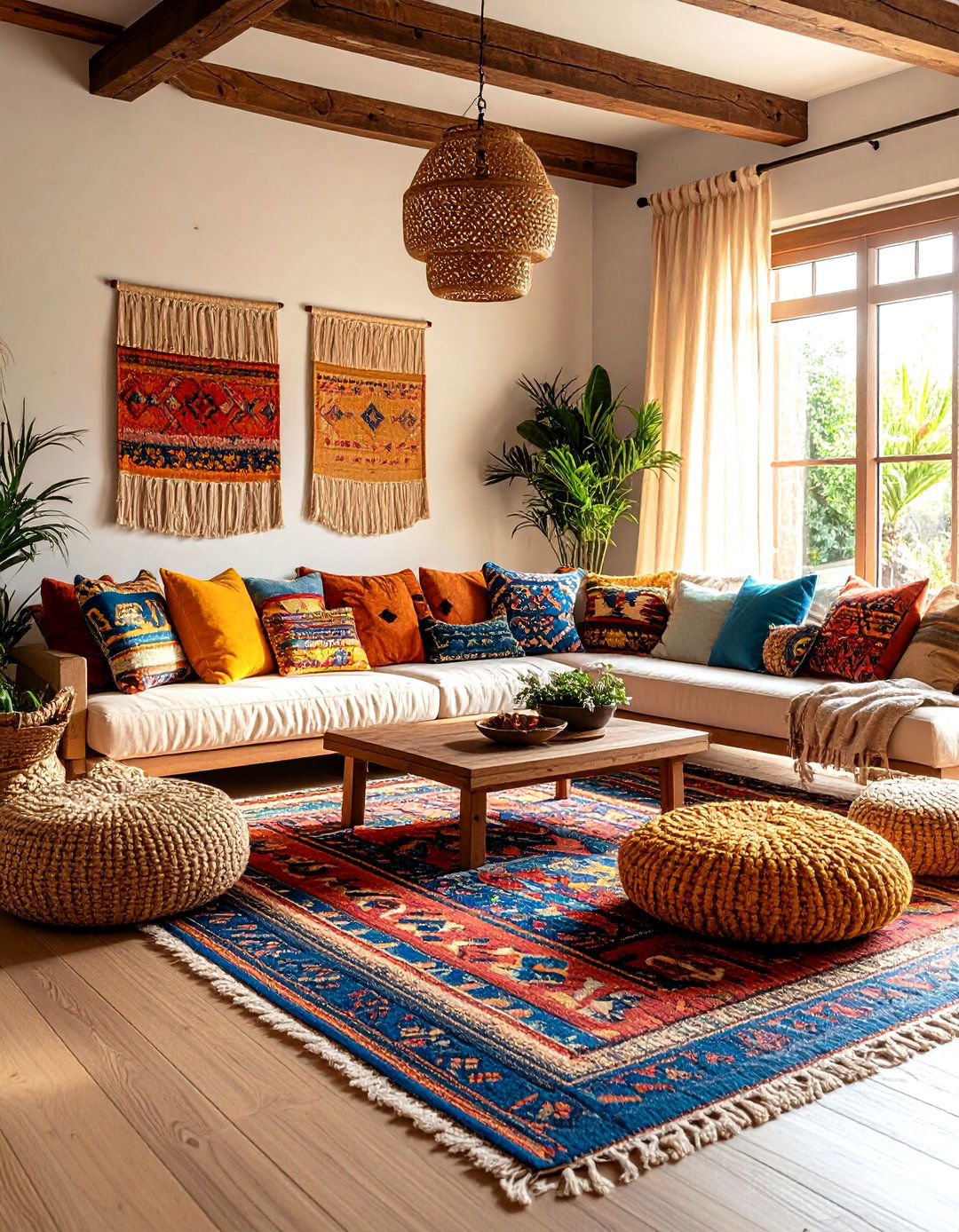
Vibrant textiles—rugged wool kilims, embroidered pillows, and woven tapestries—add warmth and personality. Patterns often draw from Spanish and North African traditions: geometric motifs, bold stripes, and floral designs. Draperies in natural linen or cotton soften windows and doorways, while area rugs define seating groups on stone or tile floors. Textiles bring the interior palette into harmony with garden hues.
19. Built-in Seating and Niches

Nooks carved into walls serve as cozy reading or lounging spots, often topped with tile or plaster finishes that match adjacent walls. Cushioned benches integrate seamlessly into patios and courtyards, offering resting places beside fountains or under pergolas. Built-in planters and low retaining walls double as additional seating, maximizing space in townhouse courtyards or compact gardens.
20. Cozy Fireplace Designs
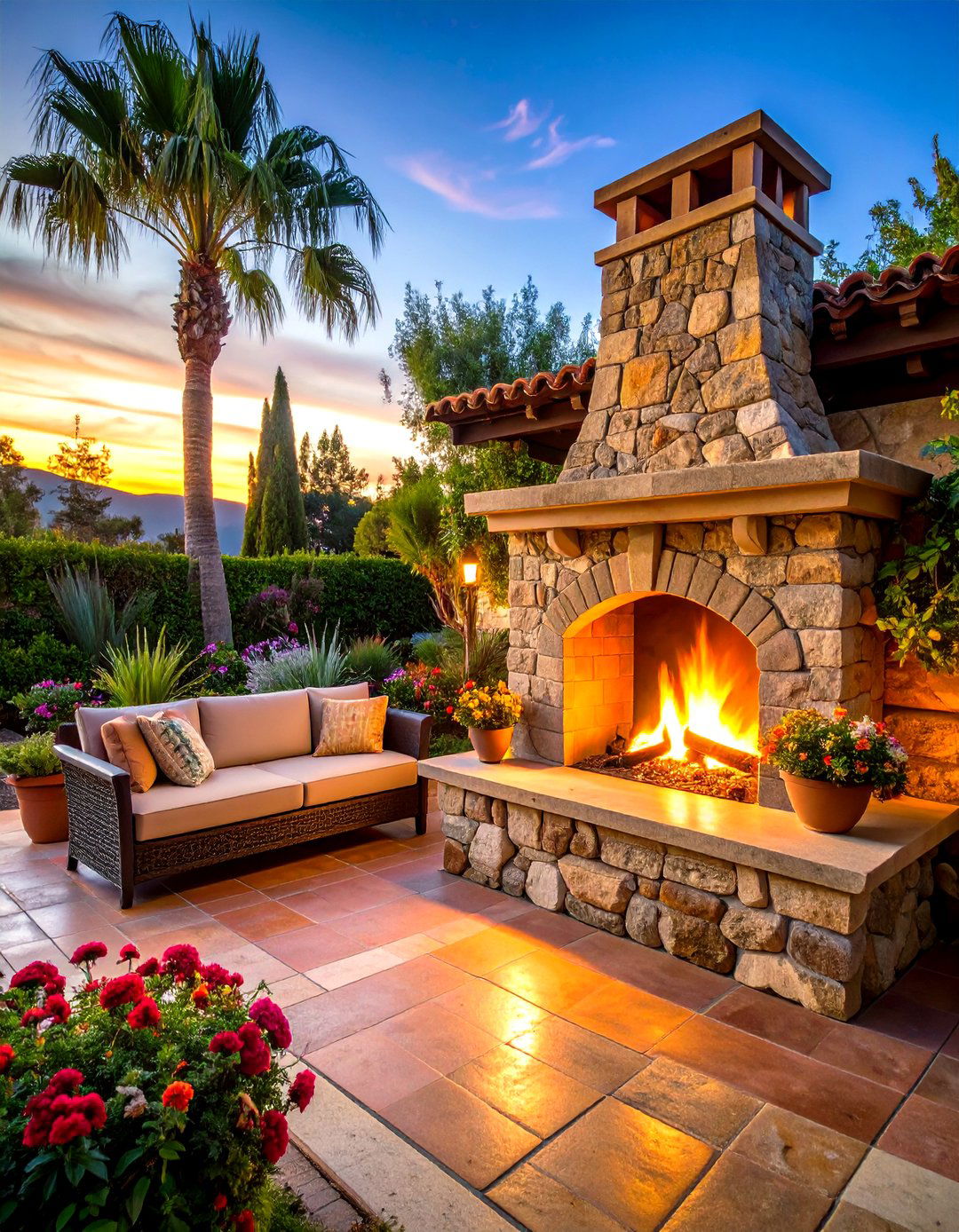
Fireplaces with rounded stucco or stone surrounds anchor living rooms and outdoor lounges alike. Many feature tile-trimmed hearths and simple wooden mantels. In outdoor settings, stone-clad fire pits and hearths extend entertaining into cooler months. Whether wood-burning or gas-fired, these fireplaces add both heat and ambiance, encouraging gatherings and highlighting Spanish hospitality.
Conclusion:
Spanish Mediterranean house design weaves together enduring materials—stucco, terracotta, wrought iron, wood, and tile—with architectural forms like arches, courtyards, and loggias to create homes that are both elegant and welcoming. By balancing rustic textures with vibrant accents and indoor-outdoor connectivity, these houses honor tradition while accommodating modern lifestyles. Whether through a simple tiled niche or an expansive courtyard fountain, each element contributes to a cohesive, timeless ambiance that celebrates the art of living under the Mediterranean sun.


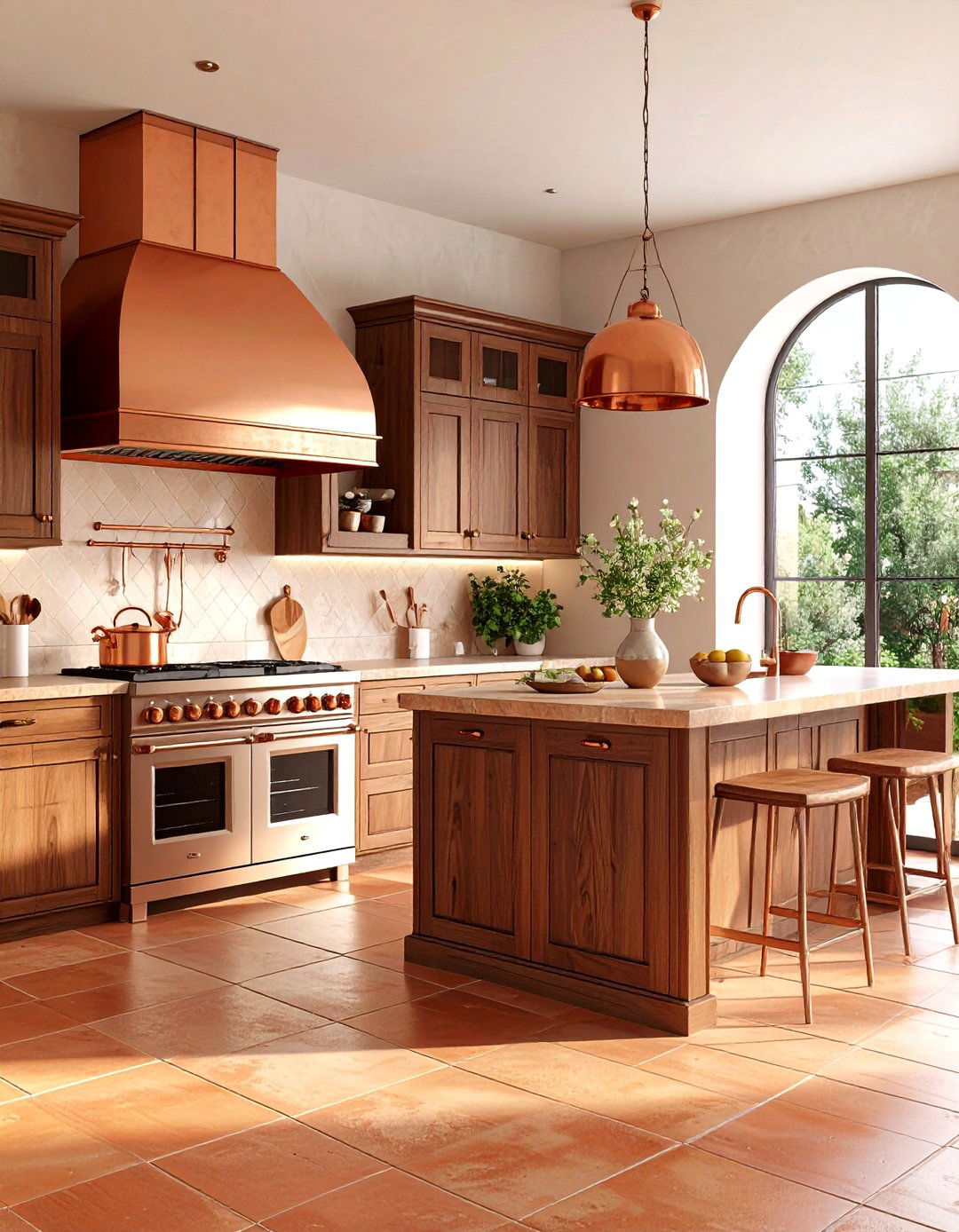
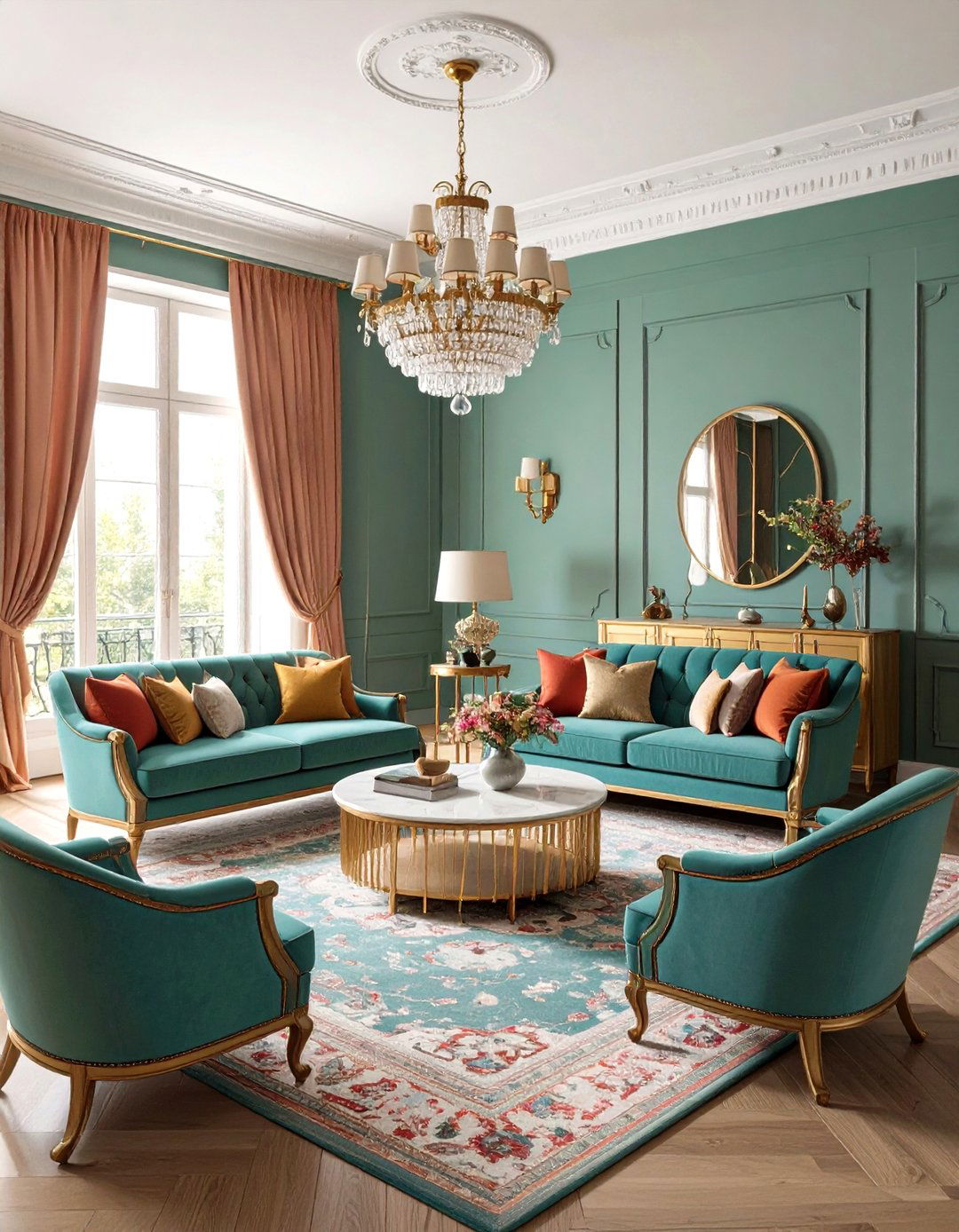
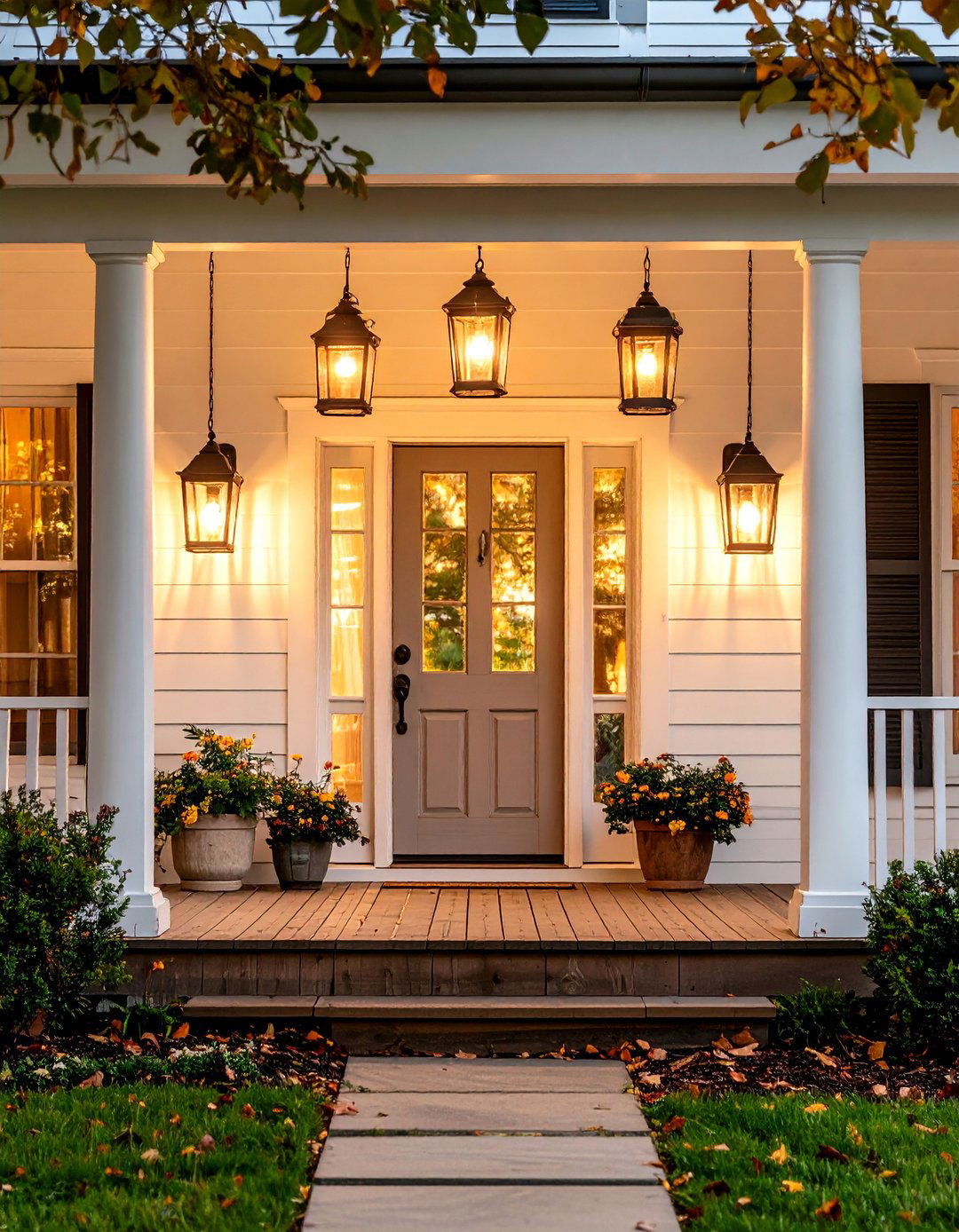
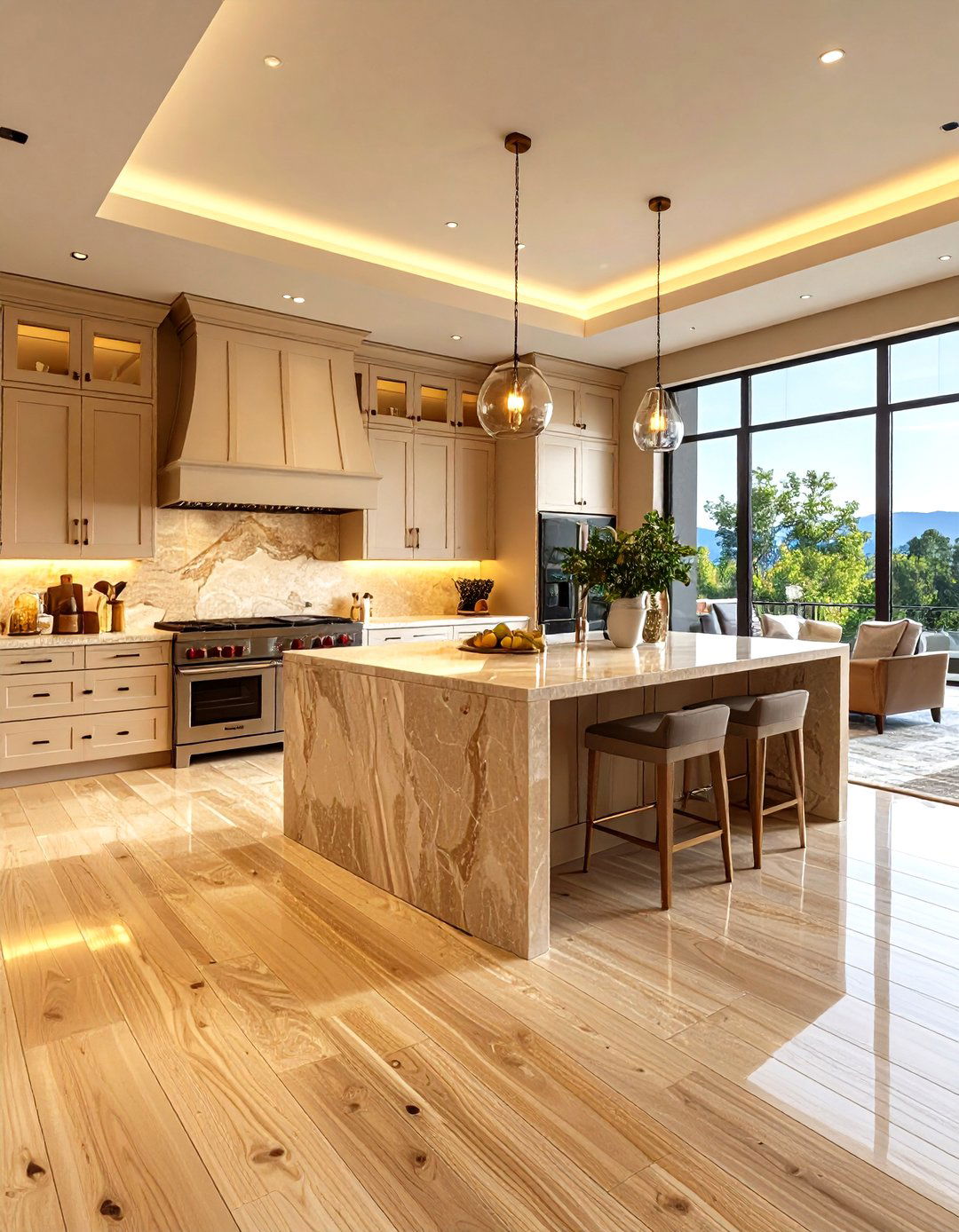
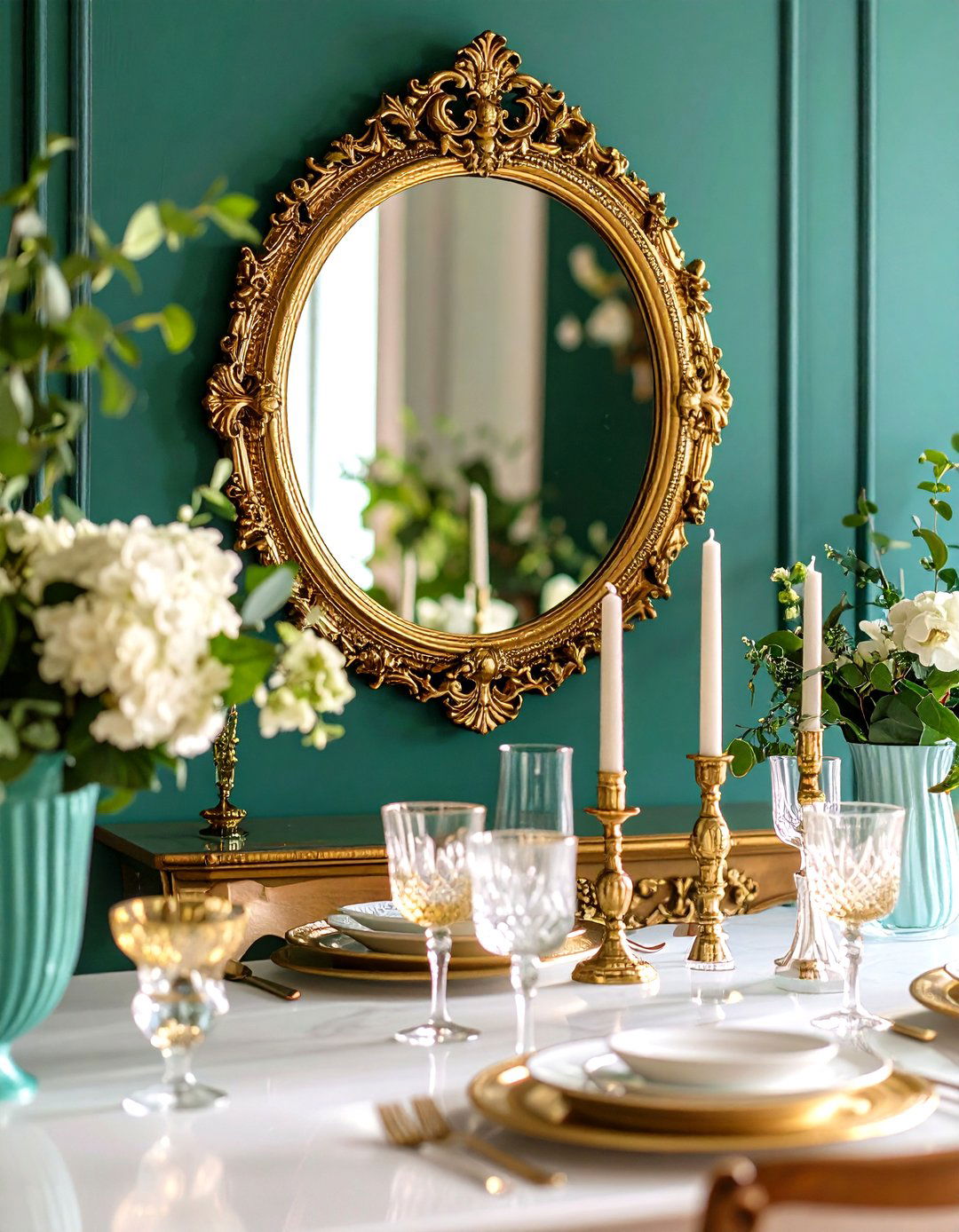
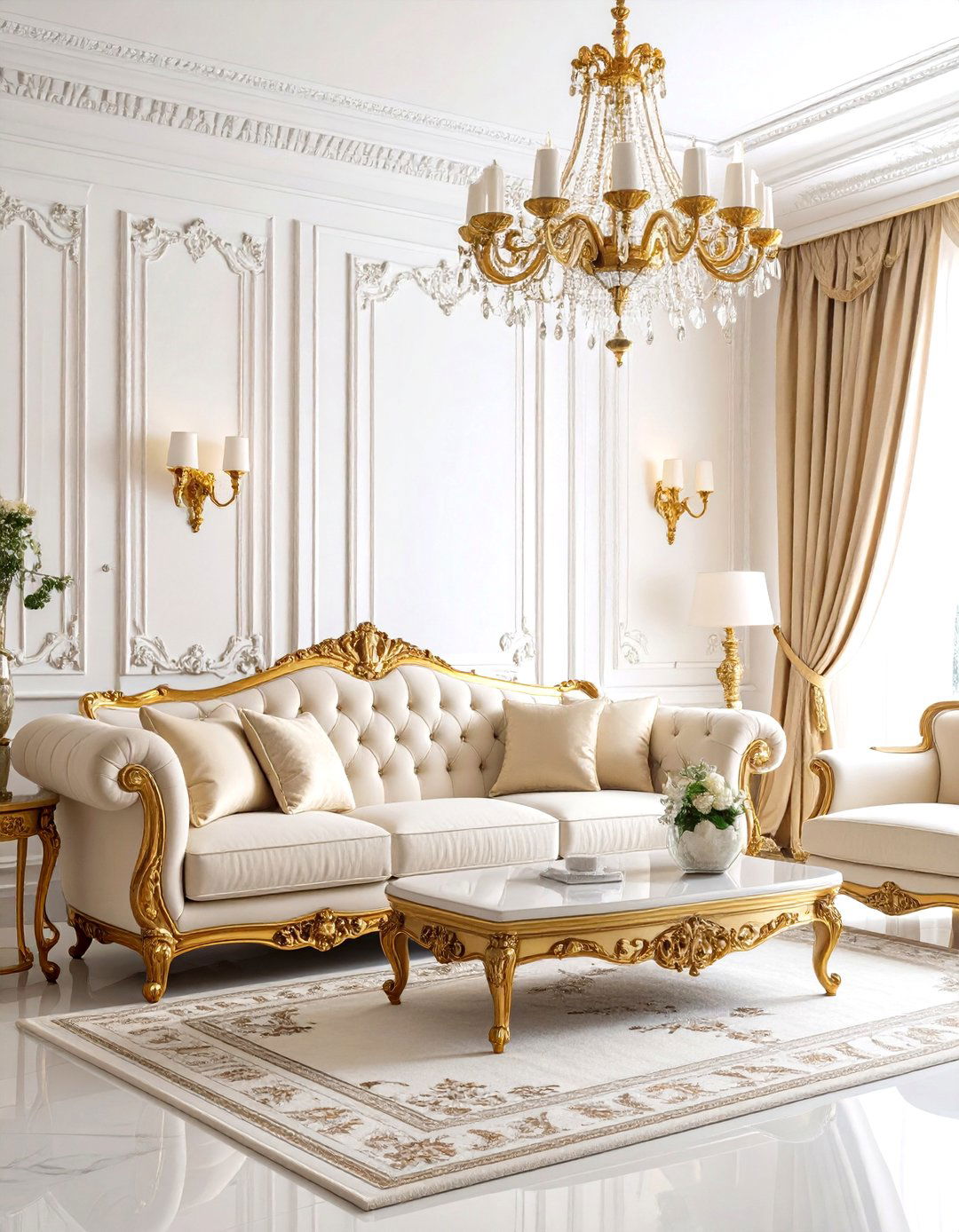
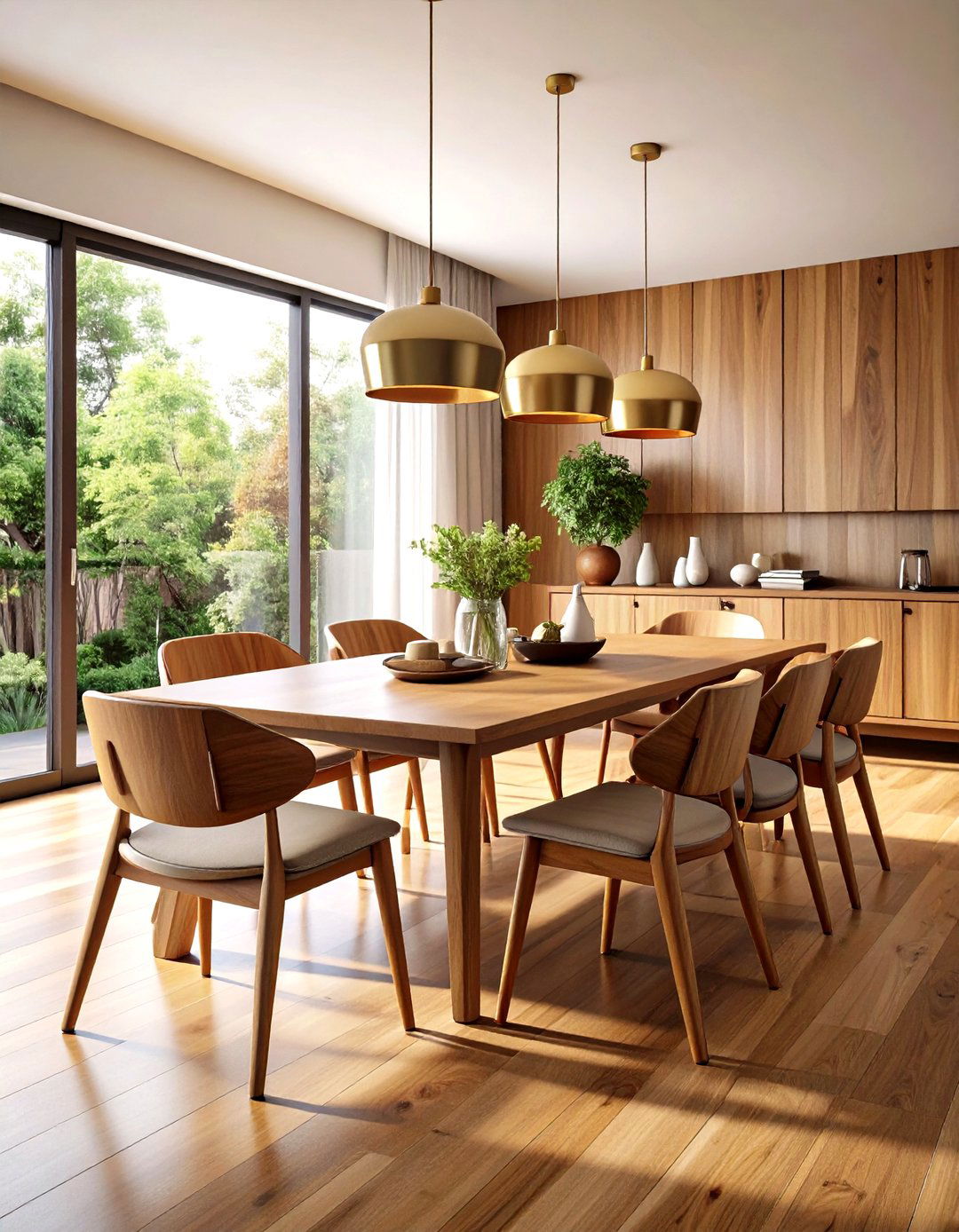
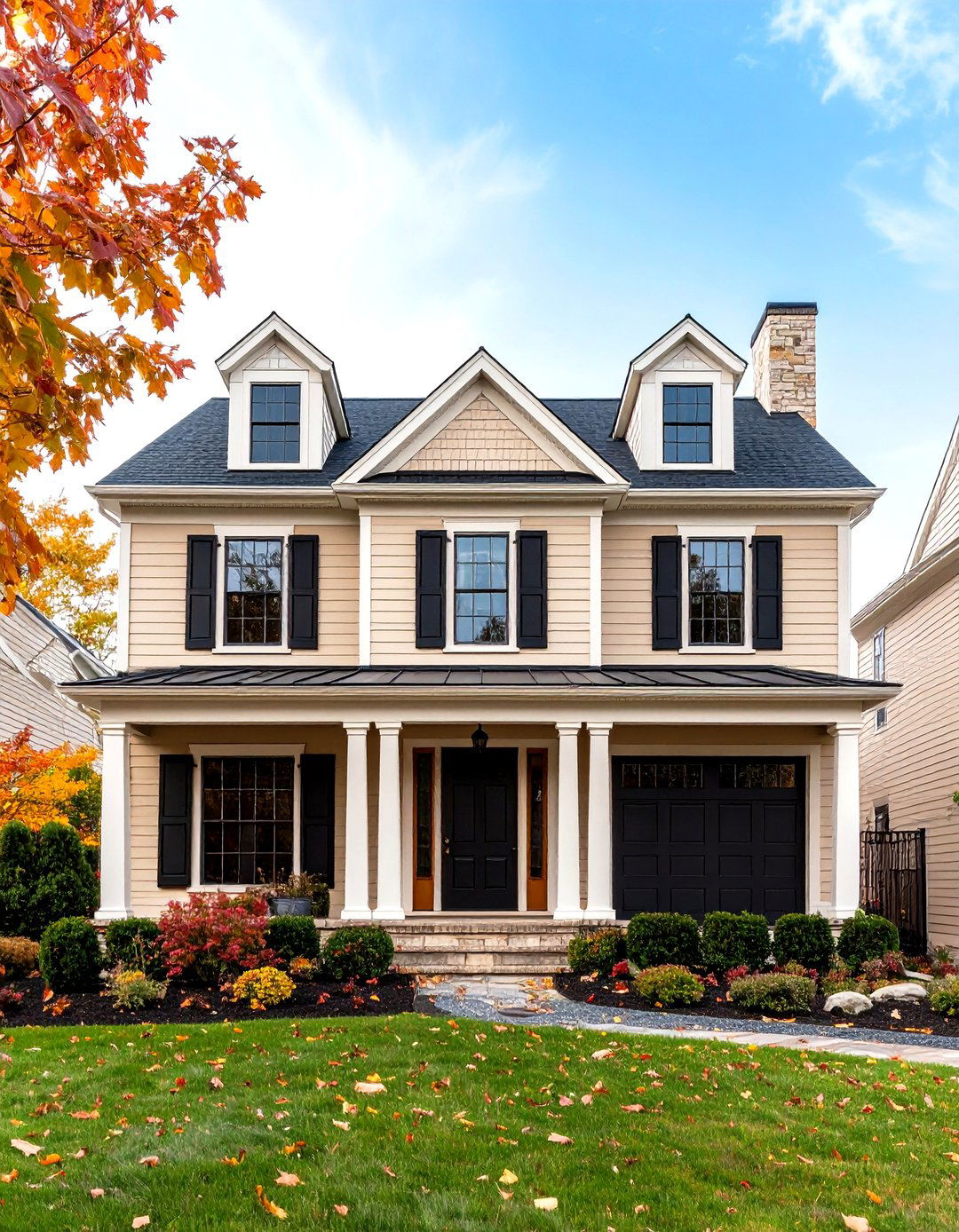
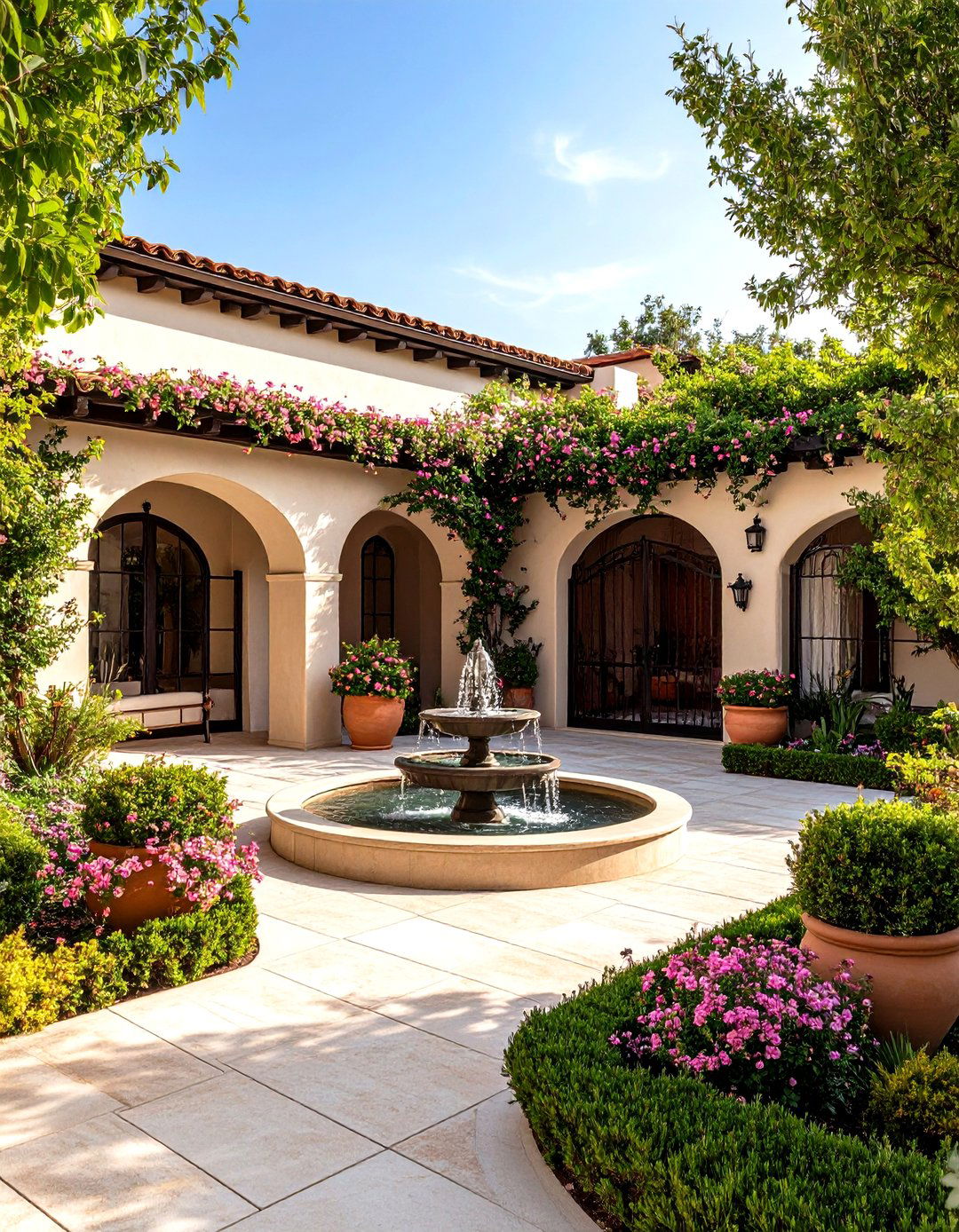
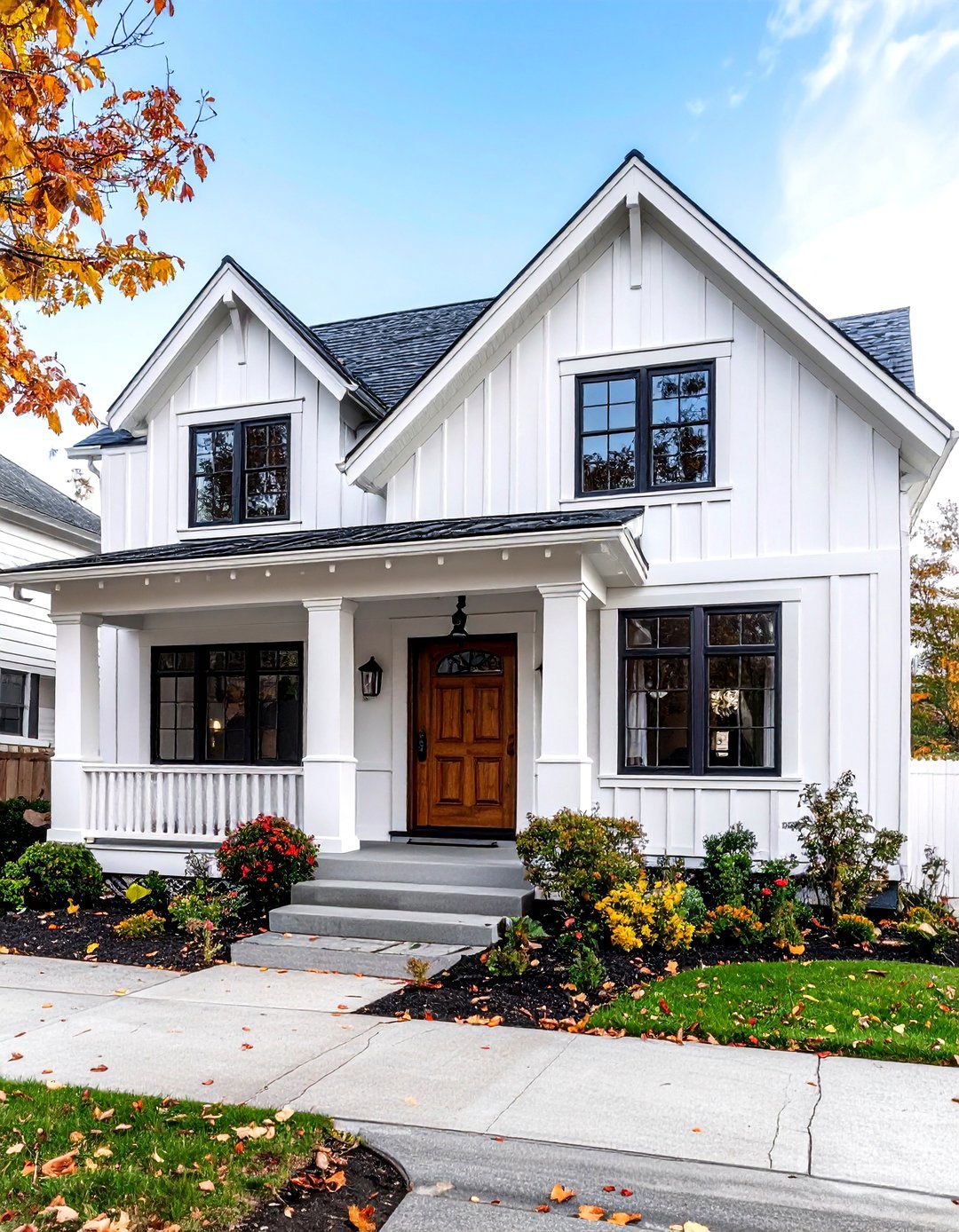
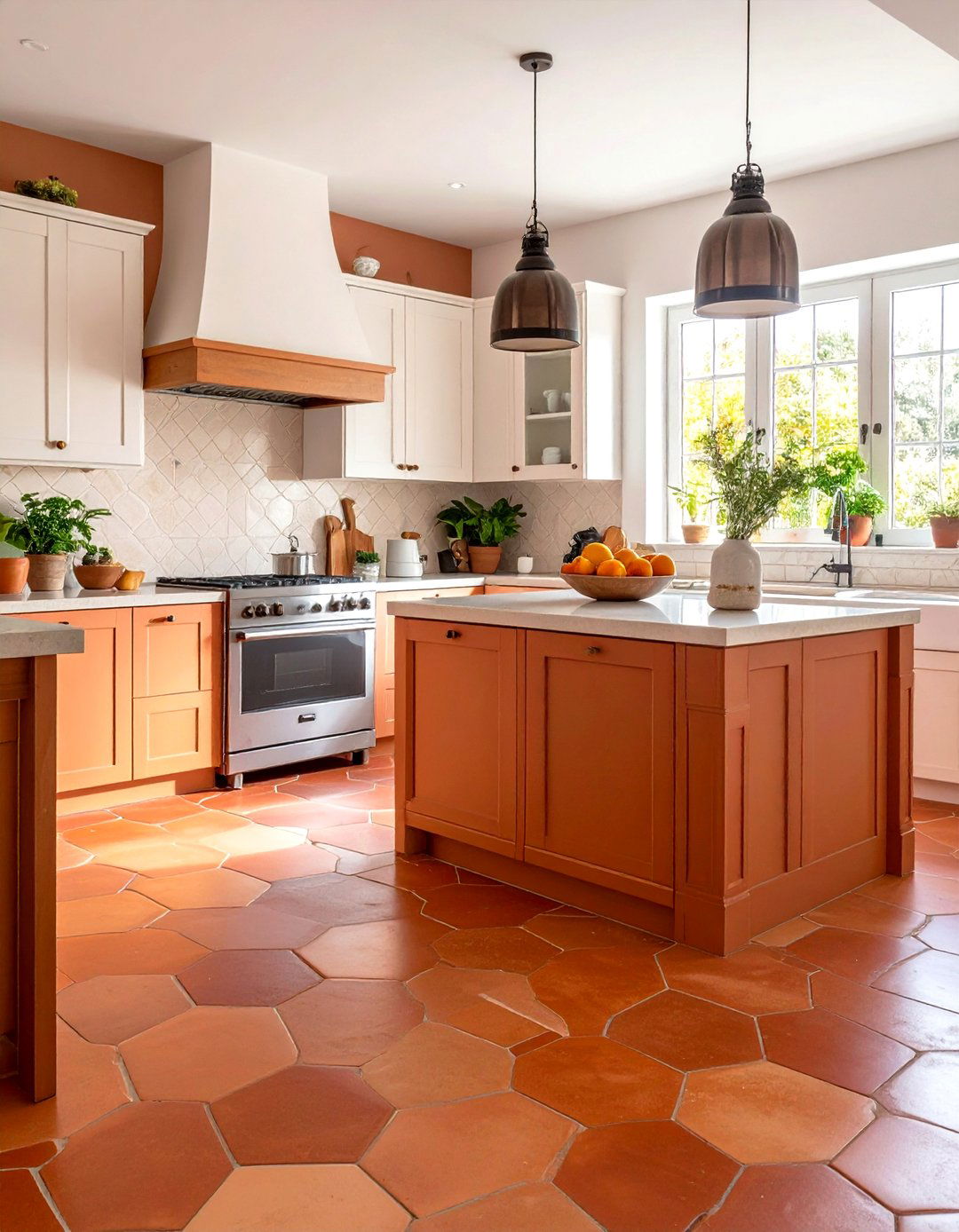
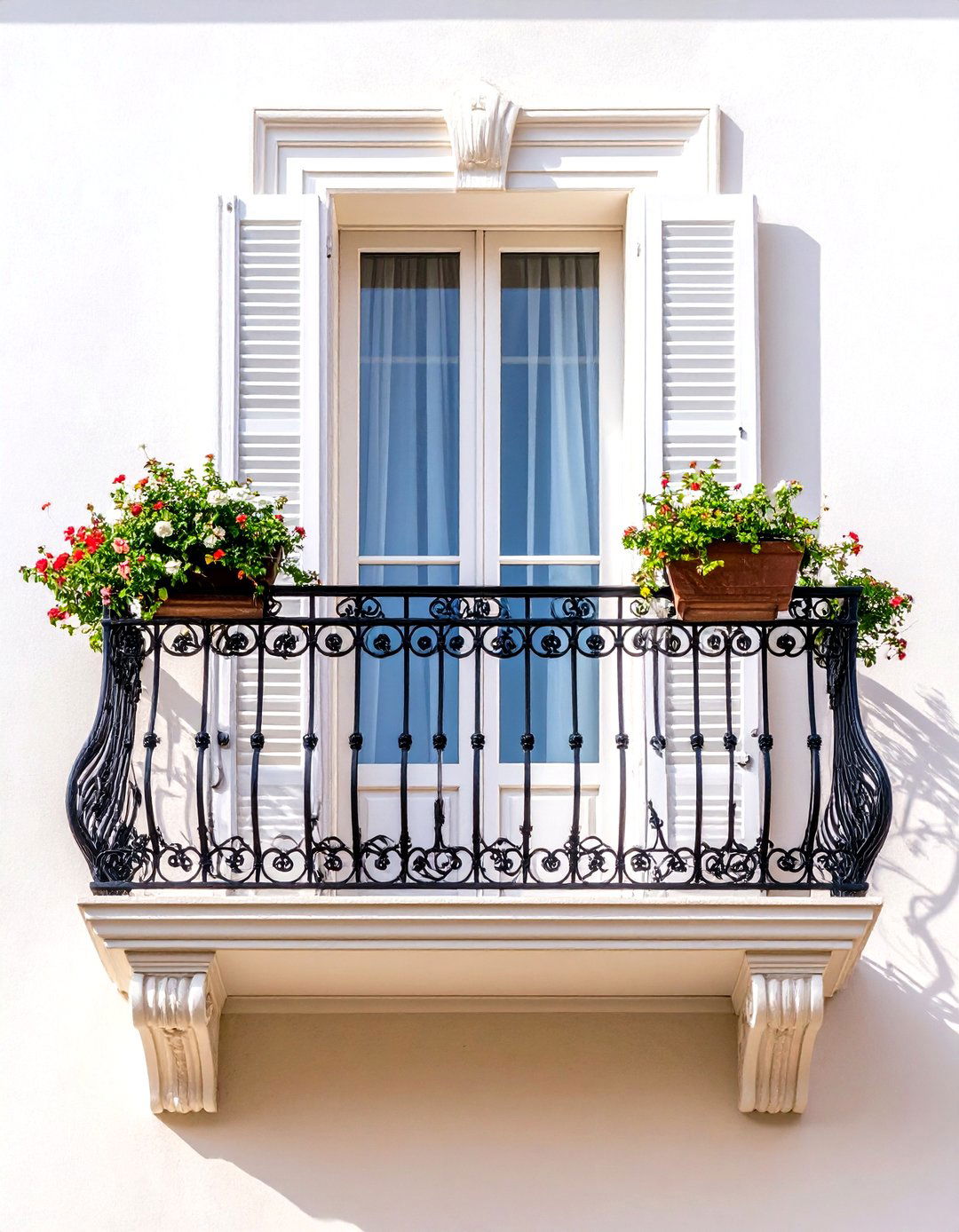
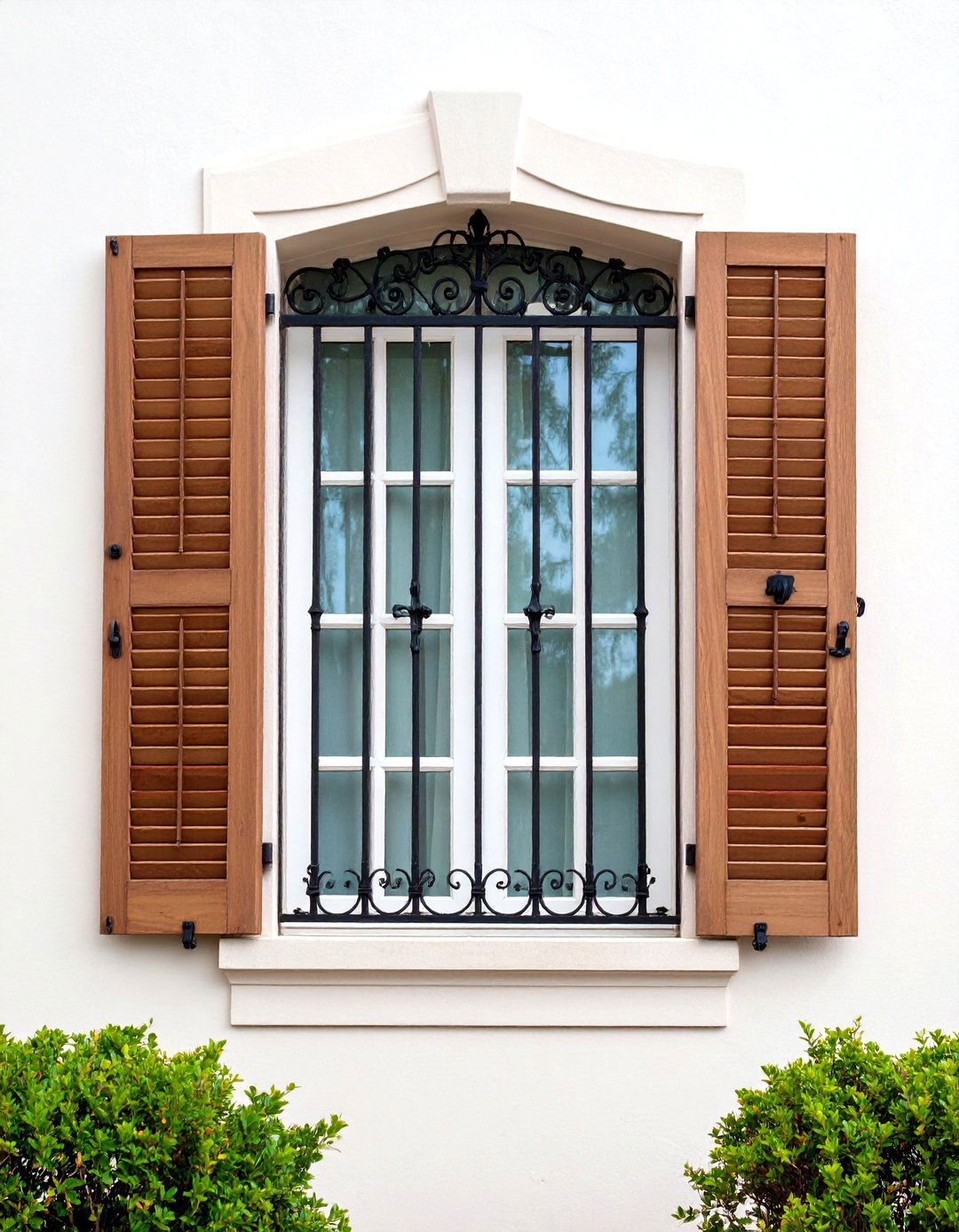
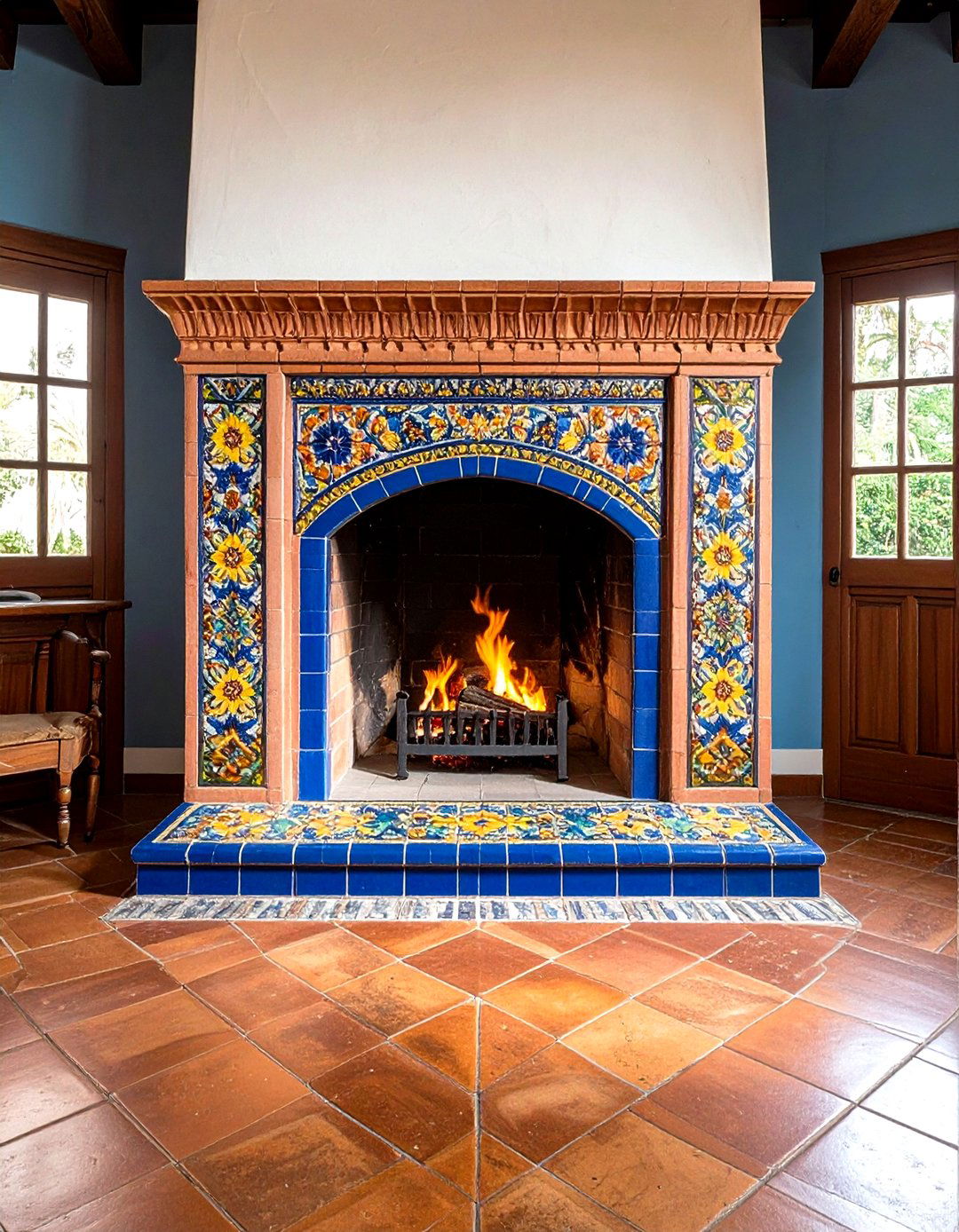

Leave a Reply